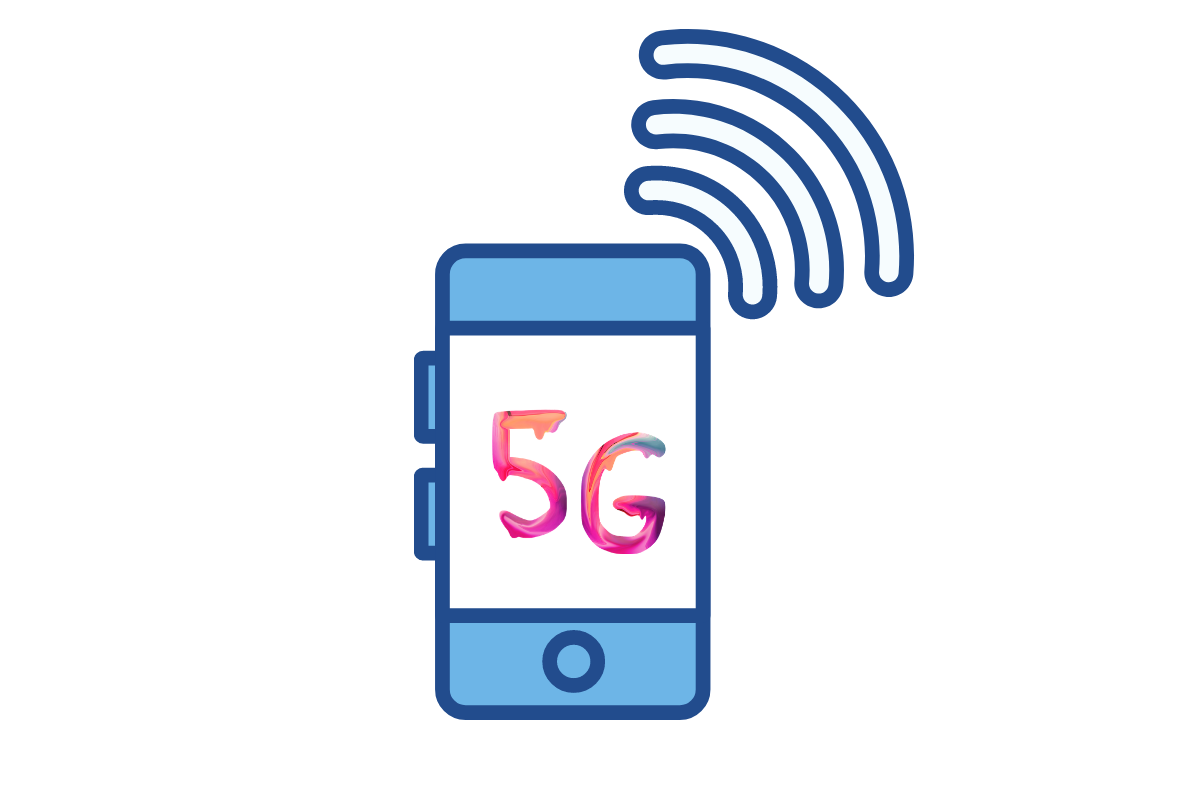
The Department of Telecommunications (DoT) has decided to introduce a much-needed change in the rules governing the telecom industry before 5G is commercially is launched in the country. Currently, the industry is being governed by the outdated provisions of the Indian Telegraphy Act (1885) and the Indian Wireless Telegraphy Act (1933). But the technology and the manner of communication has evolved furiously in the last two decades; thus, new rules need to come into effect which shall allow, for instance, communication between devices that are connected.
NLU Delhi Has Four Months to Prepare the Draft for New Rules
According to a Livemint report, the National Law University (NLU) of Delhi has been given the task to study and analyse the acts which need modification or changes because of the advent of new technology and the passage of time.
Telecom secretary Anshu Prakash has said that the NLU has four months for preparing the draft. The draft being worked upon will include Internet-of-Things (IoT), Machine-to-Machine (M2M) learning, and more which will be key for use-cases of 5G.
The upcoming mandate will seek to ease the regulation on the industry to promote innovation and, most importantly, will allow 5G to grow rapidly in the country. Prakash said that the current legislation takes into account the interface between different individuals and individuals with the machines. However, it doesn’t include any provisions for the machine-to-machine interface.
It is worth noting that the real advantage of 5G, as many of its use-cases suggest, would be seamless communication between electronic gadgets/machines. 5G would automate a lot of production processes and even help the world in making bot cars/driverless cars a common reality.
The new rules will certainly help in the smooth implementation of 5G and allow India to grow its digital economy and infrastructure. This can be considered a good move by the government since a change in provisions governing the industry was needed for a long time, better late than never!















